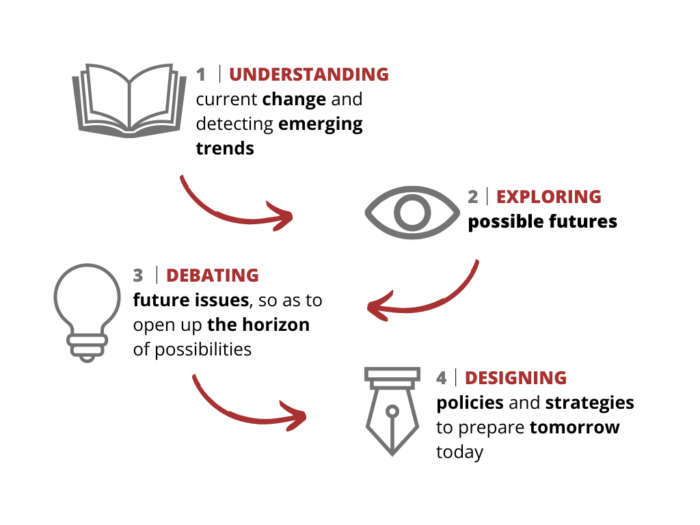On 17 May 2013 a law was passed in France making marriage available to same-sex couples. This is the famous “marriage for all”, which brought the French people committed to the most traditional family values out onto the streets in protest. For all that, the family of the 2010s is, to judge by the profound changes it has undergone in recent decades, very different from the 1960s family. And this legislative change chimes with the continuing drift of these developments, driven by an increased degree of individualization within societies, as confirmed by the last issue of Futuribles on trends in European values (no. 395).
As Julien Damon shows here, marriage as an institution has lost a lot of ground in France to cohabitation and civil partnerships. Divorce and separation have become commonplace and a majority of children are now born outside wedlock. This reflects a number of social revolutions punctuating the latter half of the 20th century (radical medical and legal changes, priority accorded to love and happiness). One consequence among many has been a noteworthy diversification of family models (composite families, split custody of children, single-parent families). These upheavals, affecting families, couples and offspring alike, have been accompanied by shifts in the law towards greater sexual equality, the recognition of new forms of conjugal life and concern for the interests of the child, this latter having become the linchpin of family relations.
Yet, can these developments continue at the same pace in the coming decades? As Julien Damon sees it, it is possible we have reached a kind of plateau in the transformations of the family, without any firm choice being made between the three scenarios that might be envisaged (the definitive break-up of the family, stabilization, or a return to earlier forms), but these transformations, at whatever speed they progress, will probably continue to be reflected in law and will, ultimately, run up against another range of family-related issues: the dependency of ageing family members.



